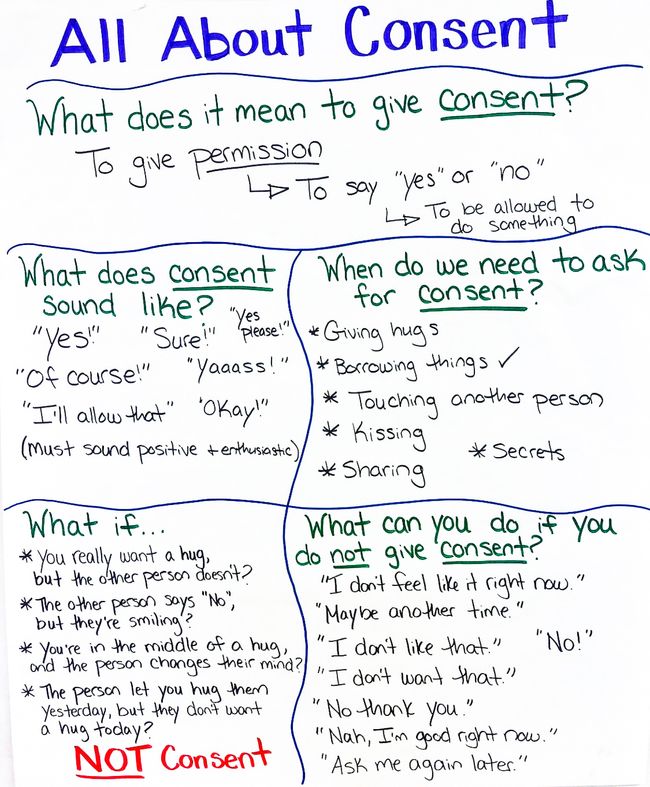What you can say to (and do with) kids about homelessness.
Our church, and I'm sure many of you, are encountering people who are unhoused daily. It's evident in growing encampments and an ever-present conversation in media as we anticipate city-wide elections. I don't have all the answers (or even many!) but as with so many things, it can be helpful to think through how you might answer kids' questions before they ask, or to be prepared to talk about an encounter or experience when it happens.Why is there a tent on the sidewalk? (Or a person sleeping on a bench, or holding a sign asking for money). Most of our kids connect tents with camping or fun back-yard sleepovers. But more and more lately we've been seeing tents and encampments on our public sidewalks and parks, tucked away in unused greenspaces or on the sides of highways and under overpasses. It's only natural that children would ask. The only problem is that the answers aren't easy.
The very simple answer - and one I have given - is that the person doesn't have enough money to live in a house. Children might not know that it costs money - and in Seattle quite a lot of money - to live in a house or apartment. I remember conversations with my older child, when we were still renters, about how we had to pay someone else each month to live in our home.
Why don't people have enough money? It's never just one reason and each person has their own story, probably with many layers. I'd suggested starting with, "We don't know." Certainly avoid starting with reasons that blame, like, "They're lazy." or "They're a drug addict." The reasons folks don't have enough money are often beyond their control: rent went up, they were downsized or lost a job because of COVID, they got hit with a medical bill they couldn't pay, they're a kid who got kicked out because they're queer, they were left by a spouse whose income they depended on, they were trafficked.
You could suggested any of these as possibilities. Older children and teens could certainly engage in conversation about some of the systemic reasons for all the above: lack of a living wage or access to education, the high cost of health of childcare, mental illness and addition, disability, generational poverty and the growth of the wealth gap in our region has led to people being pushed out of their homes or further to the edges of community.
Could that happen to us? This might be concerning to young children especially, who don't have a handle on their own family's financial security. It's important to be honest but also offer assurance. I venture to say that I don't think the children in our congregation are in danger of losing their homes. If that's true for your child, of course say so. But sometimes families are homeless.
Recently Sesame Street added a Muppet to it's roster who is a child experiencing homelessness. Muppet Lily learns from the friend with whom her family is staying that home is where love is. She's surrounded by the love of her friends and family even though she no longer lives in her own apartment. Whatever your individual family situation is, I do believe that's an assurance we can offer our children. You are surrounded by people and community who loves and supports you and who will protect you.
Can we help that person? Yes! Start with advocacy! Call, write or email local and federal officials to ask when they're doing to support people without homes and build communities that are equitable and affordable for all people. Even kids can write postcards or letters that tell their leaders that they want everyone to have a place to live. Pay attention to the conversation in our local elections and think about what the most caring and harm-reductive approaches are.
And of course there are practical ways to help physically. In the big picture, you can support and volunteer as a family at a shelter or foodbank in your neighborhood. The Oaks is run by Lake City Partners and supported by the church. Not only will you be helping, you'll build relationships with people closer to the experience of being homeless.
For encounters with individual people, you can keep a stash of things like clean, new socks, handwarmers, water bottles or energy bars in your car for when you run into pan-handlers on those free-way exits. You could also just give money.
What if they spend it on drugs? Okay, a kid is probably not going to ask this, but so so many people do ask this question and I heard such a great answer recently that I wish I could remember who said it. "Well, they probably really need them." Addicted people do - to avoid a crash or symptoms of withdrawal. So give money or no, but start with empathy. The person asking for money knows best what they need - even if they are addicted. And if you don't want to give money, it's okay to ask someone what they do need - maybe you'll be able to offer support by buying a meal, picking up a few groceries. Some people also keep a stash of low-dollar amount gift cards.
Like us, people who live outside - or in tents or cars or RVs - are made in God's image and valuable to God. We can communicate this to our kids and teen by talking about and treating people experiencing homelessness with empathy and compassion. For more tips and conversations starters, here are a couple of articles from the United Way here in King County and from across the country in Massachusetts.
How To Talk Homelessness With Your Kids | United Way of King County (uwkc.org)
"What do I say?" How to talk to kids about homelessness (unitedwaymassbay.org)
--
Photo by Brandi Alexandra on Unsplash






